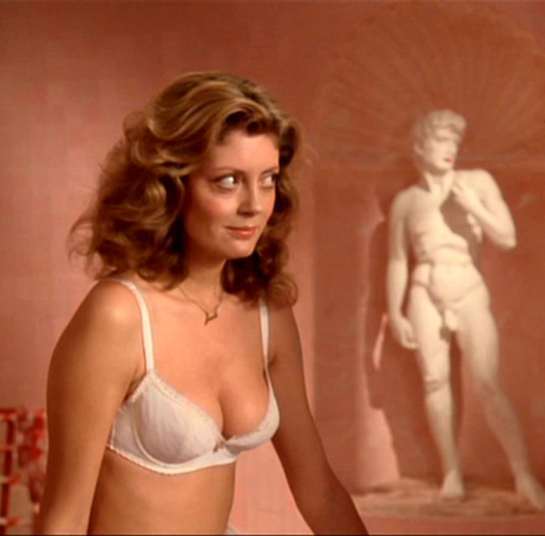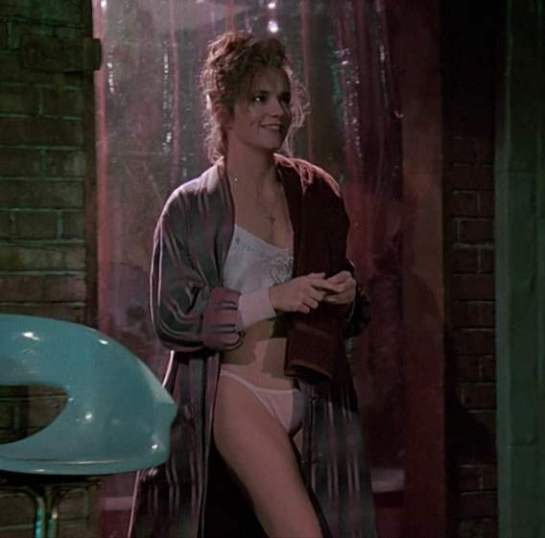
By Joshie Jaxon
Greetings Yugioh TCG fans! I’m here today at the Kaiba Dome in New New Domino City to talk to you about summons, and we’re not talking Bahamut, Diabolos, and Ifrit. I’m talking about monster summons in the Yugioh TCG. As I covered in my last post, there are a variety of monsters out there, and now we’re gonna learn how to call them to the field to do our bidding. Let the geeks begin!

Normal Summons –
Each turn you’re allowed to normal summon one monster, unless a card effect allows you an extra summon that round. Both normal, and effect monsters can be summoned this way, with one exception. Monsters that are level 1-4, as indicated by star * level, are able to be summoned directly to the field. Monsters that are level 5-8 can be summoned to the field, as long as another monster has been sacrificed/tributed. One sacrifice is needed for monsters level 5&6, while two sacrifices are needed for monsters 7 and above.

This isn’t relevant to the above paragraph, I just wanted to include what the new game field looks like now.
Special Summons –
Unlike a normal summon, special summons are unlimited, as long as you have the cards to do it. There are a variety of special summons available in the game, and that’s where I’ll be spending the majority of my focus.
Monster Effect –
There are some monster cards that allow you to special summon other monsters as long as you satisfy the condition on the card. In the example of Kaibaman or Red Eyes Black Chick, they can be tributed from the field in order to summon Blue Eyes White Dragon and Red Eyes Back Dragon from your hand, respectively.

Spell Card Effect –
Certain spell cards grant you the ability to summon out more powerful monsters. Sage’s Stone allows you to summon a Dark Magician from your hand or deck, as long as Dark Magician Girl is on the field. Knight’s Title allows you to summon Dark Magician Knight to the field, from your hand, deck, or graveyard, provided you tribute a face-up Dark Magician. It wasn’t until writing this, just now, that I realized you could use those as a combo. Still learning and refining my skills, even now. More on combos in a later post.

Fusion Summons (Purple Cards) –
Fusion summons allow you to combine two or more monsters together to create a monster that is generally stronger or has an ability greater than those of the monsters that created it. There are several types of fusion summons, and I’m gonna cover all three. Fusions were the easiest and most common types of monster combining there was until Synchros and Xyzs came along as the hot new thing. Those kinds are coming up, but for now, we’re talking good old fashioned fusions, like Mr. Muto used to make.
Standard Fusion –
Two or more monsters fused together by the use of Polymerization, Fusion Gate, Miracle Fusion, Power Bond or other such cards. The monsters can come from your hand, or field, as long as they are listed as fusion materials on the card you want to summon. I know I’ve mentioned gaining power through fusion, here’s an example; Elemental Hero Sparkman, and Elemental Hero Clayman are both normal monsters with no special abilities. Add in a little Polymerization, and you get Elemental Hero Thunder Giant. Special ability, discard a card from your hand and destroy one of your opponent’s monsters, as long as it’s weaker than Thunder Giant. Gotta love special abilities.

Union Fusion –
Union monsters merge with others, in the form of an equip card, generally granting the main card bonus ATK points, or an added ability. There are a few series of cards that allow the union monster to fuse with the original to create a fusion monster, without using Polymerization. X-Head Cannon, Y-Dragon Head, and Z-Metal Tank can merge with one other as XY/XZ/etc, but if you bring all three together you can summon XYZ-Dragon Cannon. Discard a card from your hand, and destroy a card on your opponent’s field. How sweet is that?

Contact Fusion –
Introduced during the GX generation, there hasn’t been any advances made in contact fusion since 5D’s and Zexal showed up. Hell, we didn’t even get to finish the GX anime, and I for one wanted to see Yugi vs Jaden in English. There were new Elemental Heroes with the manga, I’m just saying- Sorry, small rant. Anyhow, contact fusion is exclusive to Elemental Hero Neos. Similar to union monsters, the Neo Spacians can merge with Neos without the need for a Polymerization card. The only downside is that if you don’t have Neo Space on the field, the fusion only lasts for one turn. Given some of the abilities gained by this form of fusion though, one turn could be all you need. Take one part Neos, add Neo-Spacian Aqua Dolphin, and Neo-Spacian Air Hummingbird, you get Elemental Hero Storm Neos. Once a turn you can destroy all spell and traps on the field. When the fusion expires, and Storm Neos returns to the extra deck, all cards on the field are returned to their respective decks. Have I mentioned I love special abilities?

Ritual Summon (Blue Cards) –
Seen a few times in the anime, by Pegasus, and a few by Yami Yugi, there wasn’t much use for ritual monsters once Battle City started, and the Egyptian God Cards were introduced. Before that, there were no sacrifices in the anime, but they still needed a way to get powerful monsters out. In my opinion, Rituals were the precursor to modern Synchros. The main difference is, in order to summon the ritual monster, you have to have the monster, as well as the corresponding spell card in your hand. To perform the ritual summon, you have to play the spell card, and sacrifice from your hand or field, monsters whose level is greater than or equal to the ritual monster. Manage to get it out on your turn, and you still have a normal summon you can perform, giving you double the monsters to assault your friends with. Sometimes with fun abilities. Lycanthrope for example, when he damages your opponent, you can then inflict a bonus 200 points for each normal monster in your graveyard. Finally, a shifter I can get behind.

Synchro Summons (White Cards) –
Ah, Synchros. The creatures responsible for me missing out on the final season of GX. It’s possible that GX got too dark for modern kids, but I think they just wanted to promote these monsters and needed the anime to do it. I know, I know, let it go. You let it go. I missed out on Neos vs Dark Magician. I’m a professional, with a job to do. Synchro monsters can be summoned with a Tuner monster and non-Tuners on the field whose level exactly totals that of the Synchro monster you want to summon. Like any special summon you can do this as many times a turn as you have monsters to accomplish a successful summon. Turbo Synchron (1) Rose Witch (4) and Snapdragon (2) can be synchro summoned to create Ancient Fairy Dragon (7), who allows you to destroy field spells to gain 1000 LP, draw your own field spell, or skip your battle phase and special summon a level 4 monster from your hand. Yay, signer dragons!

Xyz Summon (Black Cards ) –
I’ll be honest, I have no personal dueling experience with Xyz monsters, and have only seen a handful of Zexal episodes. Unlike all other monsters, Xyz have ranks, not levels. As such, they can’t be used for Xyz, Ritual, or Synchro summons. To summon an Xyz monster, you need to have the required amount of monsters on the field. The materials are stacked and placed under the Xyz monster, as most of the require you to detach one of the material monsters to activate their special abilities. Mira the Star-Bearer requires three level 1 monsters in order to summon it. If Mira would be destroyed, you can remove a material monster to save it. Also your level 4 monsters can’t be destroyed by card effects. Seems like a decent ability. I’d have to duel with some Xyz monsters to get a better handle on them, but they seem cool. Plus, the cards are black, which is awesome.

Pendulum Summon (Yellow/Orange and Green Cards) –
The latest series-specific type of monster. It’s introduced in Arc-V, which has yet to hit the states. I’ve acquired a few cards, but have zero idea how to use them yet. As soon as I do, I’ll update with more detailed information. I’m just that dedicated to you, dear readers.
Between writing the above paragraph and this one, I’ve found and watched the official pendulum tutorial on YouTube. I’m very conflicted on them now. I’ll cover their official rules first. A pendulum monster can be played as a spell or a monster card. If played as a spell, you look at the corresponding pendulum number on the card, and match it to the one on the field. When you have two pendulum spells on the field, you’re then allowed to pendulum summon any number of monsters from your hand that are between those levels. Example, with Stargazer and Timegazer Magician in the pendulum spell zone, you have a scale of 1 and 8, so you can summon any monsters level 2-7. Plus you still get your normal summon. Essentially, this method allows a player to easily summon Xyz, Synchro, and Fusion monsters. To me, though, it just seems like a way to have a quick game with minimal strategy, as you can get all your monsters on the field, and obliterate your opponent. Normally, I’m all for complete destruction, but this just doesn’t seem right to me. Again, no real world application yet, so my opinion is subject to change.

There you have it, the basics of all forms of monster summoning. Gotta go, a temporal portal just opened up, and it’s gonna be Yugi and Yusei against Jaden and Yuma in an exhibition match. Until next time, stay geeky, and keep dueling!














































